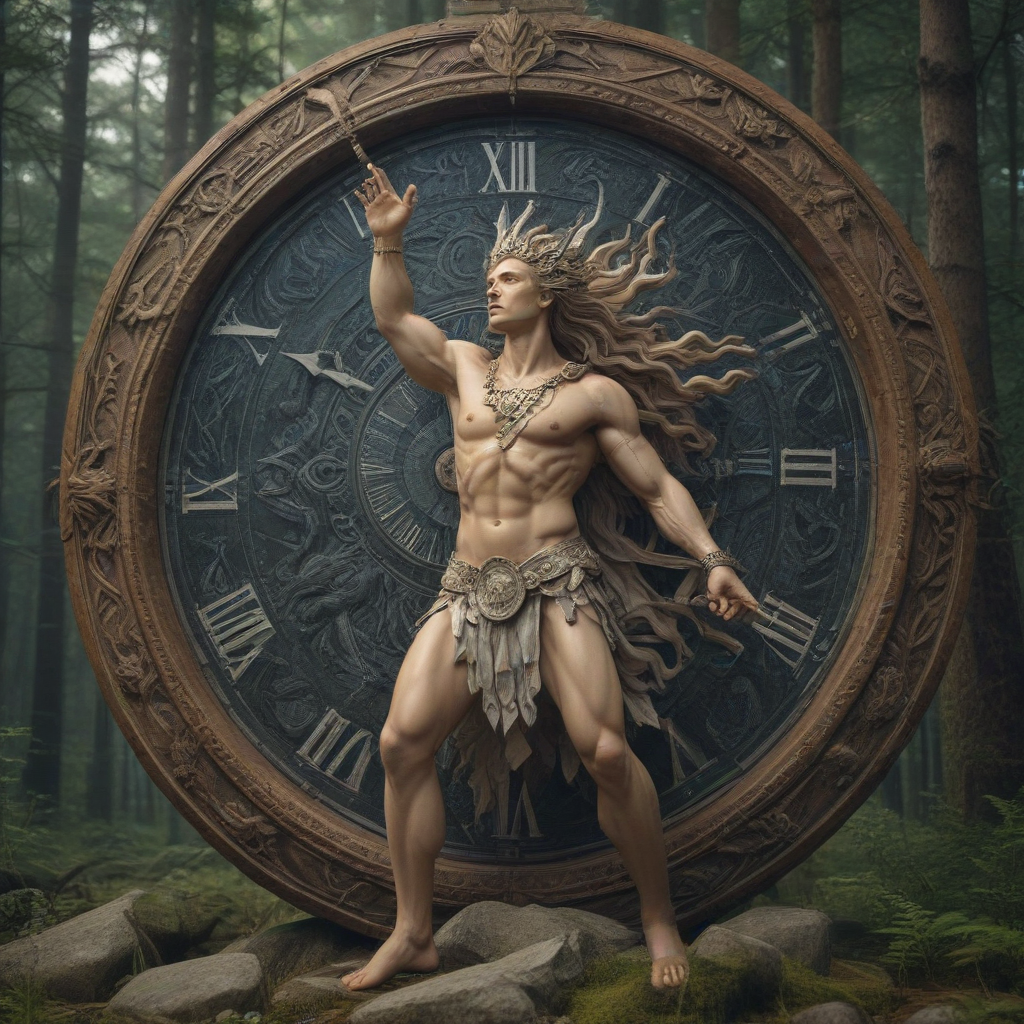The Sword of the Ancients: A Legacy of Power
Introduction
The Sword of the Ancients is not merely a weapon; it is a powerful symbol steeped in history and myth. Across various cultures, swords have represented authority, bravery, and the tumultuous nature of human conflict. This article aims to explore the origins, legends, and cultural significance of the Sword of the Ancients, examining how it has shaped societies and continues to resonate in contemporary discourse.
Historical Origins of the Sword
Archaeological findings and historical texts provide a fascinating glimpse into the origins of the Sword of the Ancients. Various excavations have unearthed swords resembling those described in ancient texts, leading to numerous theories about their creation.
Archaeological Findings
- Excavations in ancient burial sites have revealed swords crafted with intricate designs, suggesting advanced metallurgy.
- Historical texts, such as those from Mesopotamia and ancient Egypt, reference powerful swords wielded by legendary kings and heroes.
Theories on Creation
The origins remain a subject of debate among historians. Some theories propose:
- The sword was crafted by gods or divine beings as a tool of judgment.
- It was forged by master blacksmiths, in secret, for noble warriors destined for greatness.
Cultural Significance
Different civilizations attributed varying degrees of significance to the sword, often associating it with their deities or legendary heroes. For instance, in Celtic culture, swords were often buried with their owners as a symbol of their power in the afterlife.
Mythology and Legends Surrounding the Sword
Throughout history, many myths have emerged surrounding the Sword of the Ancients, often depicting it as a potent weapon wielded by heroic figures.
Famous Myths
In various cultures, the sword has taken center stage in legendary narratives:
- The Excalibur of King Arthur in British lore, symbolizing rightful sovereignty.
- The Kusanagi-no-Tsurugi in Japanese mythology, associated with the goddess Amaterasu.
- Durendal, the sword of Roland, representing fidelity and bravery in French epic tales.
Symbol of Power
The sword often embodies not only physical power but also divine authority. Legendary figures are frequently depicted as chosen or blessed to wield these swords, reinforcing their status among mortals.
The Sword in Literature and Popular Culture
The influence of the Sword of the Ancients extends into literature and modern popular culture, inspiring countless narratives and characters.
Representation in Literature
From ancient texts to contemporary novels, the sword remains a powerful motif:
- In J.R.R. Tolkien’s “The Lord of the Rings,” the reforged sword Andúril symbolizes hope and unity.
- In “The Wheel of Time” series by Robert Jordan, the sword is a coveted artifact representing the struggle between good and evil.
Influence on Modern Genres
The legacy of the Sword of the Ancients can be seen in modern fantasy genres:
- Movies like “Conan the Barbarian” and “The Chronicles of Narnia” feature swords as pivotal elements of their storylines.
- Video games such as “The Legend of Zelda” and “Dark Souls” incorporate legendary swords and their quests as central gameplay mechanics.
Symbolism of Power and Authority
The Sword of the Ancients has long been a symbol of kingship and rulership throughout history.
Representation of Kingship
Rulers often wielded swords as a representation of their authority:
- Swords were used in coronation ceremonies, symbolizing the divine right to rule.
- The act of drawing the sword in battle signified the leader’s commitment to protect their people.
Psychological Impact
The sword evokes a psychological response, instilling both fear and respect:
- It symbolizes the power to take life and enforce justice.
- The sight of a sword can inspire loyalty or instill terror, shaping the behavior of those who encounter it.
Combat Techniques and Training
The art of sword fighting has evolved significantly over centuries, influenced by cultural and technological changes.
Historical Fighting Styles
Various historical fighting styles have been associated with the Sword of the Ancients:
- European longsword techniques from the Middle Ages focused on both cutting and thrusting.
- Japanese kenjutsu, emphasizing precision, discipline, and spiritual connection with the sword.
Modern Interpretations
Today, martial arts inspired by ancient techniques continue to thrive:
- Kendo, a modern Japanese martial art, retains the spirit of the sword through discipline and competition.
- Historical European Martial Arts (HEMA) practitioners study and recreate techniques from historical manuals.
Preservation and Replicas of the Sword
Efforts to preserve the legacy of the Sword of the Ancients are vital for future generations.
Preservation Efforts
Museums and archaeological institutions work tirelessly to conserve historical artifacts:
- Exhibits showcasing ancient swords educate the public about their significance.
- Restoration projects ensure that these artifacts can be appreciated by future generations.
Notable Replicas
Replicas of the Sword of the Ancients hold great significance:
- They are often used in reenactments and festivals, bringing history to life.
- Craftsmanship in creating these replicas reflects the skills and artistry of the original swordsmiths.
The Legacy of the Sword in Contemporary Society
The Sword of the Ancients continues to impact modern military symbolism and political rhetoric.
Military Symbolism
Many military organizations around the world have adopted the sword as a symbol of strength and honor:
- High-ranking officers often receive ceremonial swords during their commissioning.
- Military parades frequently feature swords as a symbol of national pride.
Political Rhetoric
Politicians often evoke the sword in speeches to convey strength or resolve:
- Metaphorical references to “sword” in discussions of defense and security.
- The sword is used to symbolize the fight against oppression and the defense of freedom.
The Sword as a Cultural Icon
The Sword of the Ancients transcends its role as a weapon, becoming a cultural icon within various societies.
National Identities
Swords often play a crucial role in the formation of national identities:
- Countries may celebrate historical battles featuring prominent swords.
- The sword is often incorporated into national emblems and flags.
Cultural Celebrations
Festivals and reenactments dedicated to the sword foster a sense of community:
- Events that celebrate historical battles often feature sword fights and demonstrations.
- Historical societies recreate the craftsmanship involved in forging ancient swords.
Modern Art and Expression
The symbolism of the sword continues to inspire artists:
- Contemporary art pieces may reflect themes of power and




